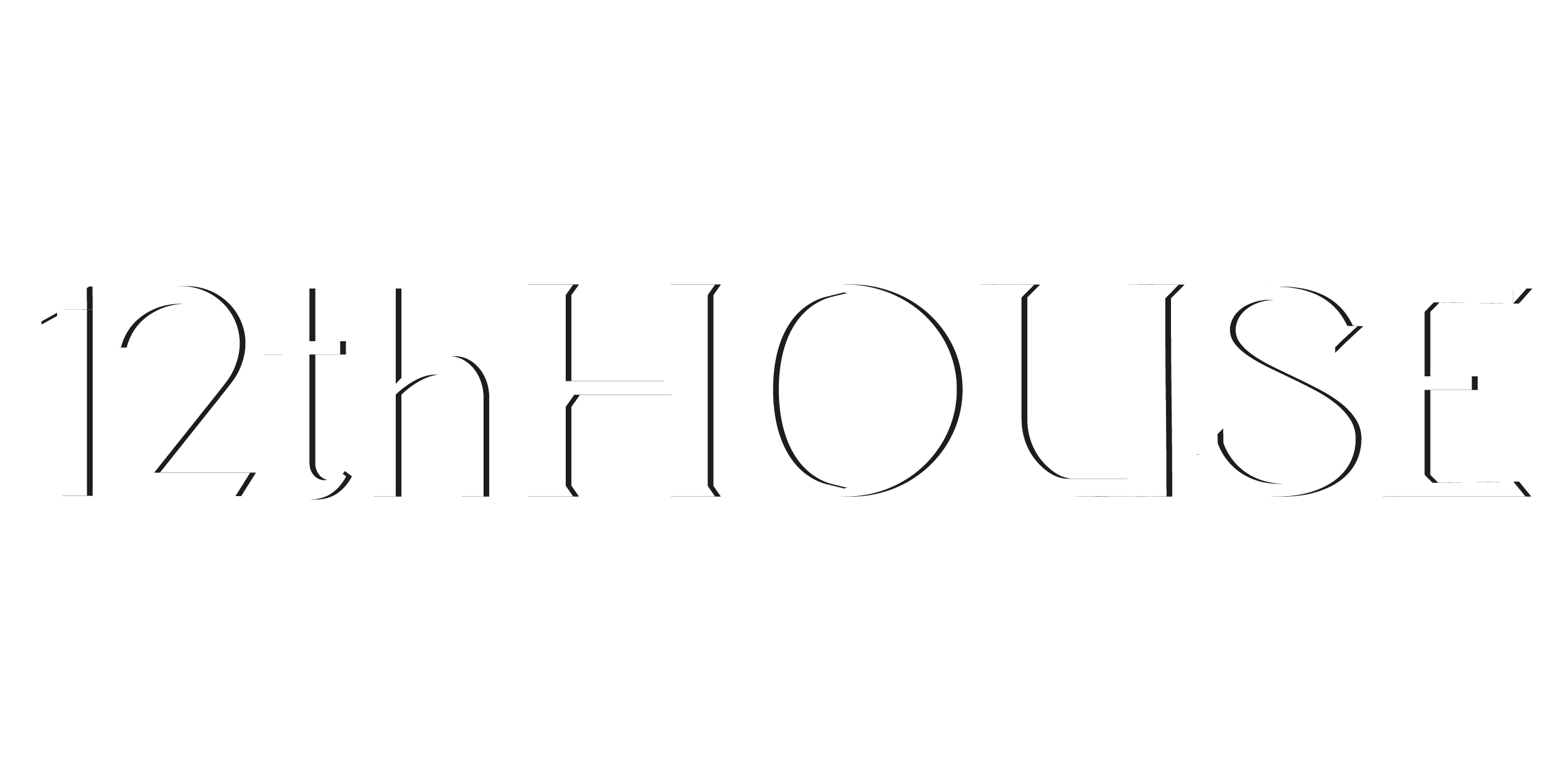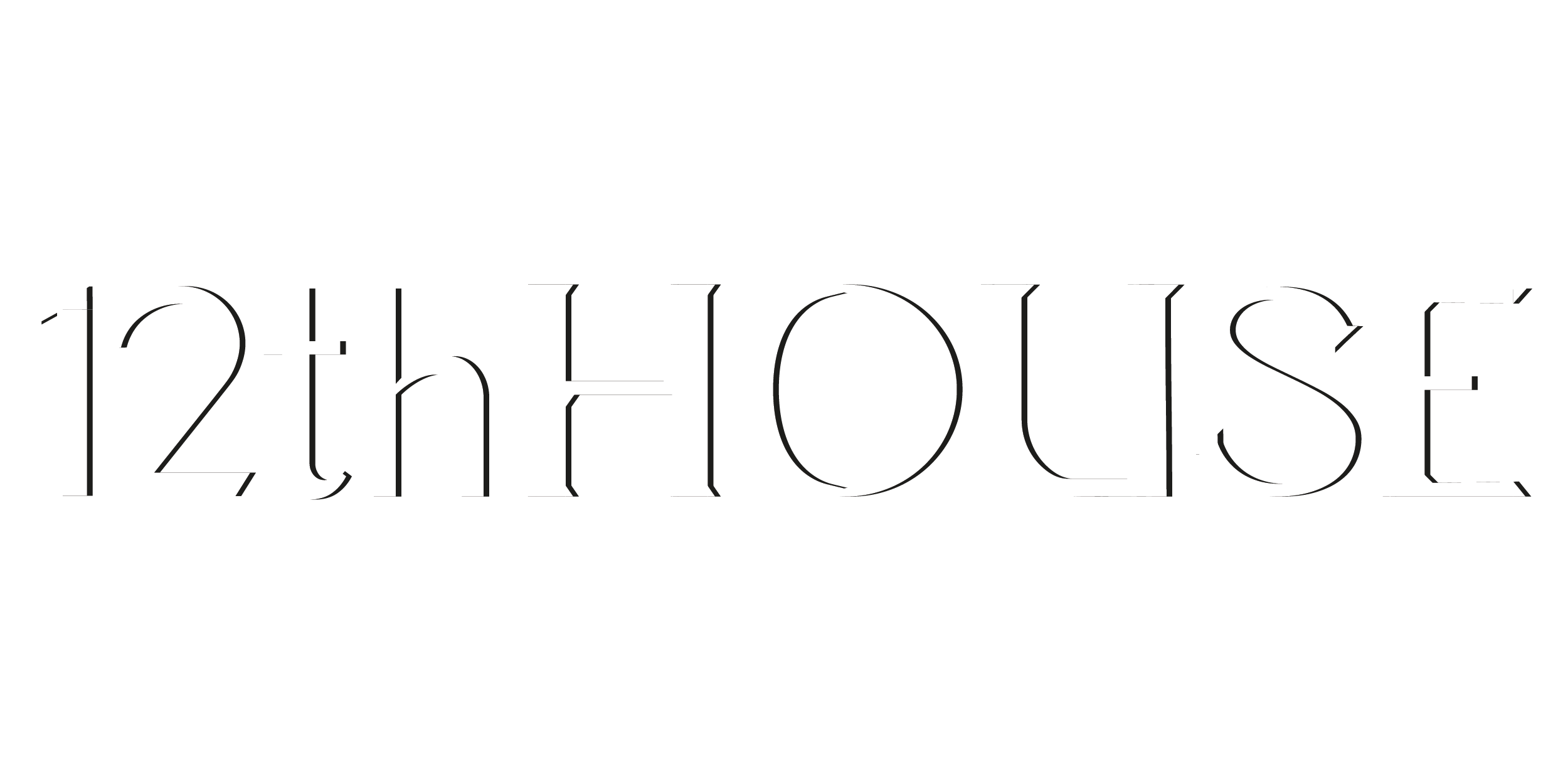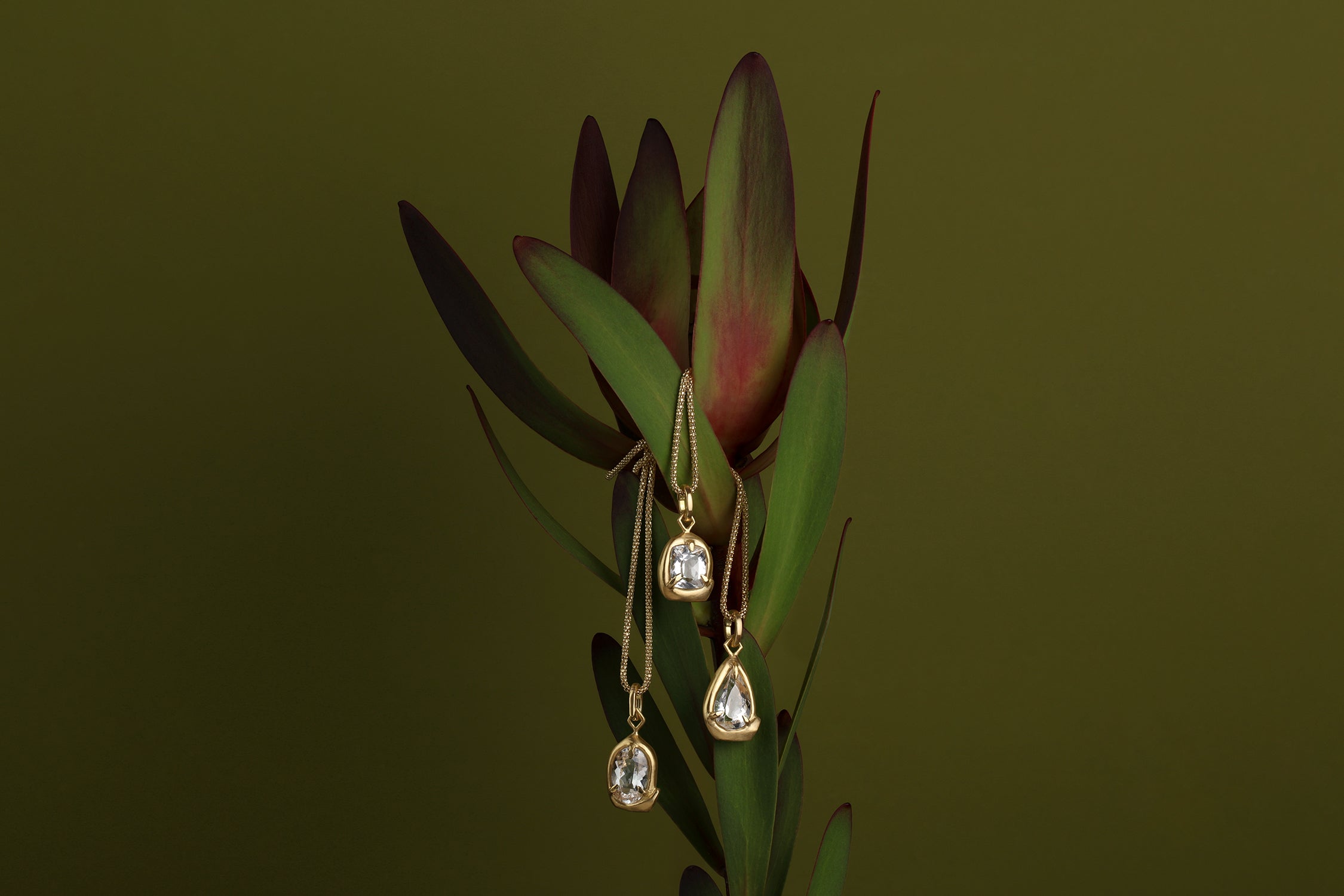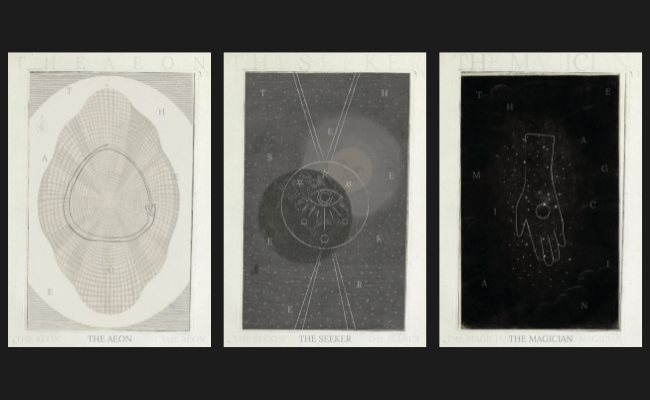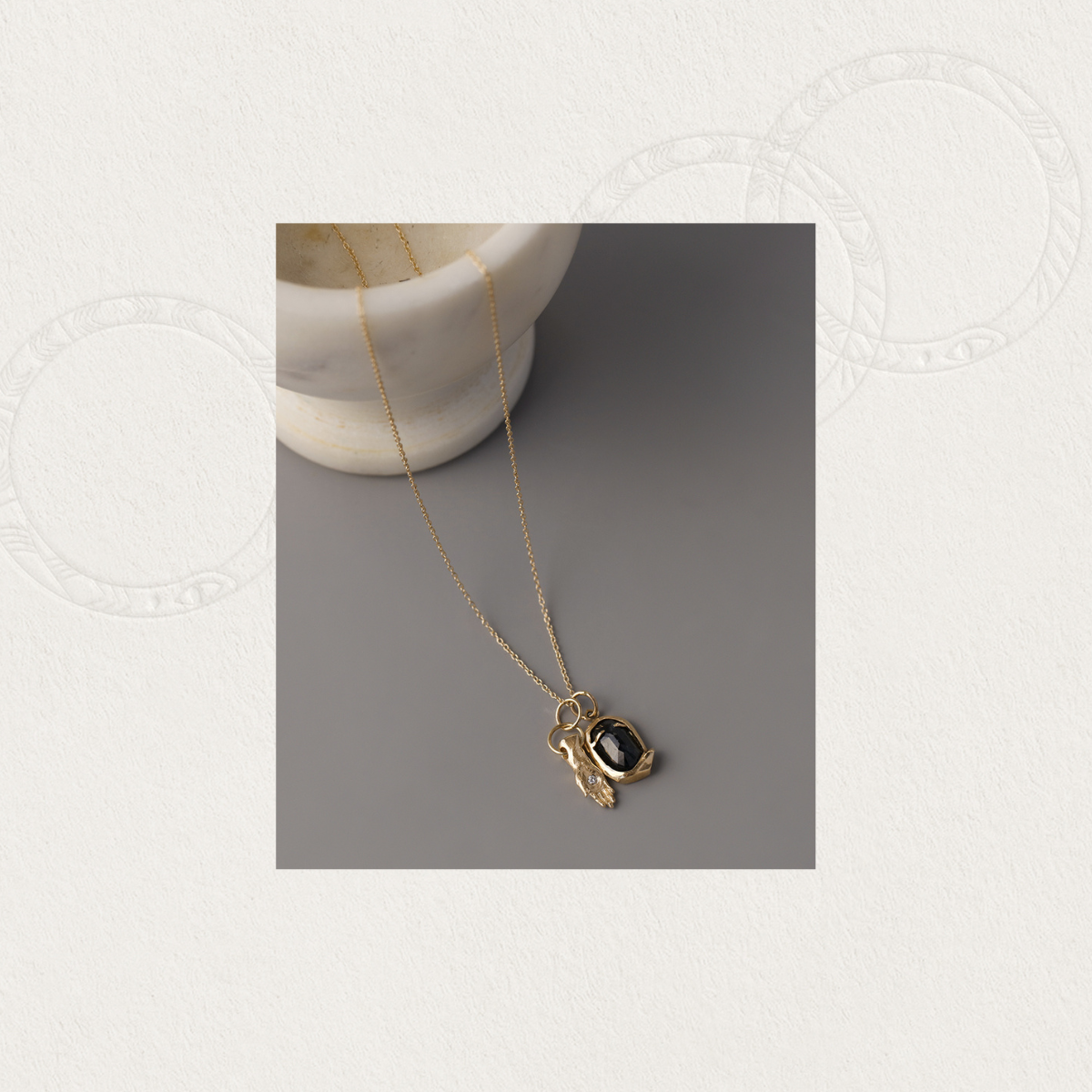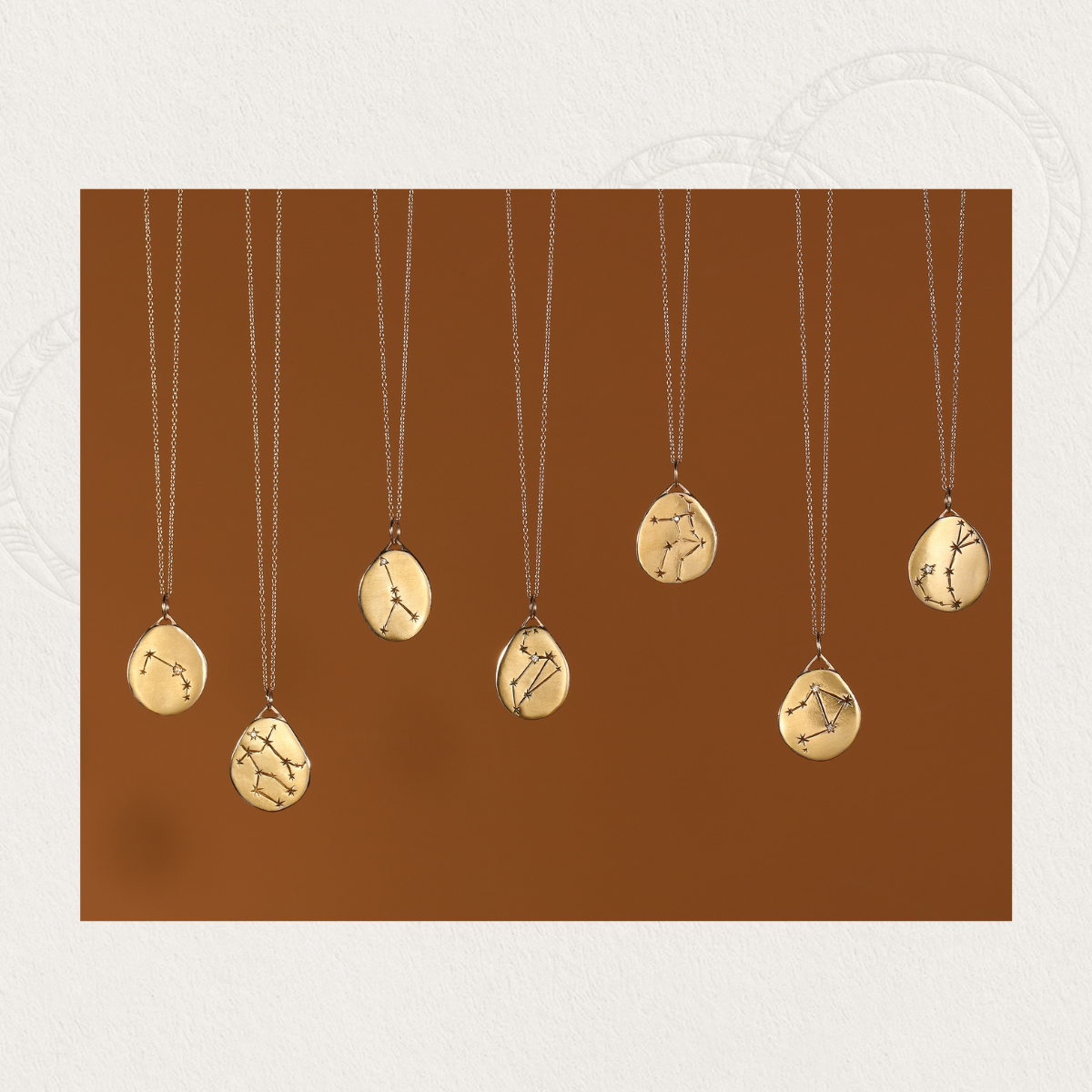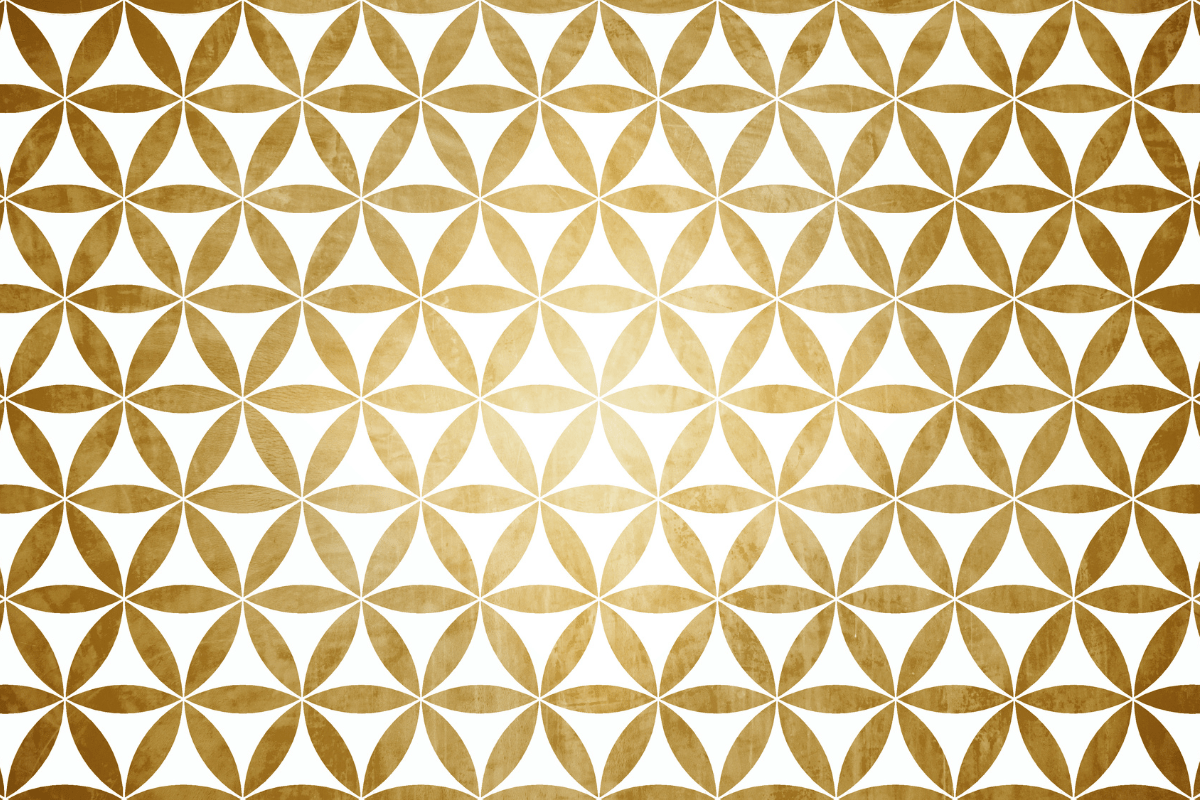
The Fascinating Connection Between Alchemy and Sacred Geometry
[Article synopsis: Alchemy and sacred geometry are two fascinating subjects that have been intertwined throughout history. In this article, we explore the use of geometric shapes and patterns in the design of alchemical laboratories and equipment, and discuss the role that sacred geometry played in the practice of alchemy. From the creation of sacred spaces to the enhancement of transmutative properties, the connection between alchemy and sacred geometry is truly fascinating.]
The Fascinating Connection Between Alchemy and Sacred Geometry
The use of geometric shapes and patterns in the design of alchemical laboratories and equipment is a fascinating and little-known aspect of the alchemical tradition. Throughout history, alchemists have incorporated sacred geometry into the design of their laboratories and equipment in order to create sacred spaces that were conducive to the practice of alchemy. From the creation of harmonious environments to the enhancement of transmutative properties, the role of sacred geometry in alchemy was significant and enduring. In this article, we explore the connection between alchemy and sacred geometry, and discuss the ways in which geometric shapes and patterns were used in the design of alchemical laboratories and equipment.
The Influence of Alchemy on Modern Science
Alchemy has had a profound influence on many different fields throughout history, and its principles and theories continue to be studied and debated by scholars and practitioners today. One of the key ways in which alchemy has influenced modern science is through its contribution to the development of chemistry.
In the 16th and 17th centuries, alchemical theories and practices played a significant role in the rise of modern chemistry. Alchemists such as Robert Boyle and Antoine Lavoisier made important contributions to the development of modern chemical processes and techniques, and their work laid the foundations for many of the chemical theories and practices that we take for granted today.
One of the key ways in which Boyle and Lavoisier built upon the work of previous alchemists was through the development of the concept of the chemical element. Prior to their work, the idea of the chemical element did not exist, and alchemists were only able to classify substances according to their physical properties, such as their color or density. Boyle and Lavoisier, however, were able to develop a system for classifying substances based on their chemical composition, and were able to identify and isolate a number of chemical elements, including oxygen, nitrogen, and hydrogen.
Another important contribution of alchemy to the development of modern chemistry was the concept of the chemical reaction. Prior to the work of alchemists, the idea of a chemical reaction was not well-defined, and many chemical processes were considered to be simple transformations or alterations of matter. Alchemists, however, were able to develop a more sophisticated understanding of chemical reactions, and were able to identify the underlying principles and mechanisms that govern these processes.
The influence of alchemy on the development of modern chemistry cannot be overstated. Through their work, alchemists such as Boyle and Lavoisier were able to lay the foundations for many of the chemical theories and practices that we take for granted today, and their contributions continue to be studied and celebrated by chemists and scholars of alchemy alike.
The Use of Alchemical Symbolism in Art and Literature
In addition to its practical applications, alchemy has also had a profound influence on art and literature. Throughout history, artists and writers have been inspired by alchemical symbolism and imagery, incorporating these elements into their work in a variety of ways. In medieval and Renaissance art, for example, alchemical symbols and imagery were often used to represent transmutation and spiritual transformation. In literature, alchemical themes and ideas have been explored by writers such as William Shakespeare and John Donne, and continue to be a source of inspiration for contemporary artists and writers.
One of the key ways in which alchemical symbolism has been used in art and literature is through the use of allegory. In many works of art and literature, alchemical symbols and ideas are used to represent abstract concepts and ideas, such as the process of spiritual transformation or the search for truth.
Alchemical symbols have a long history of use in art and literature, dating back to the Middle Ages and the Renaissance. In these contexts, alchemical symbols were often used to represent various substances, processes, and ideas in the alchemical tradition.
One way in which alchemical symbols were used in art and literature was to convey complex ideas and concepts in a visual and symbolic form. For example, an artist might use the symbol for gold (☉) to represent the sun, or the symbol for sulfur (🜍) to represent the element of fire. By using these symbols, the artist could convey meaning and significance without the need for written explanations.
In literature, alchemical symbols were often used in a similar way, to represent various substances and processes in the alchemical tradition. For instance, an alchemist might use the symbol for mercury (☿) to represent the element itself, as well as the properties and qualities associated with it. Similarly, the symbol for lead (♄) might be used to represent the element of lead, as well as the qualities associated with it in alchemy, such as its association with the planet Saturn.
Overall, the use of alchemical symbols in art and literature reflects the symbolic and metaphorical nature of alchemy, which was often concerned with the transformation of substances and the exploration of spiritual and philosophical ideas.
One example of an artist who has used alchemical symbols in their work is the 16th-century German artist and printmaker Albrecht Dürer. Dürer was a student of alchemy and incorporated alchemical symbols and motifs into many of his artworks, including his woodcuts and engravings. In his series of prints known as the "Four Books on Human Proportion," Dürer used alchemical symbols to represent various ideas and concepts related to the proportions of the human body.
In literature, the 16th-century Swiss alchemist and physician Paracelsus made extensive use of alchemical symbols in his writings. Paracelsus was a prominent figure in the alchemical tradition and his works were widely read and influential in the field. He used alchemical symbols to represent various substances and processes in his writings, and his use of these symbols helped to establish many of the conventions and meanings that are still associated with alchemical symbols today.
Other examples of artists and writers who have used alchemical symbols in their work include the 17th-century English poet and alchemist John Donne, the 18th-century French alchemist and writer Antoine-Joseph Pernety, and the 19th-century English artist and poet William Blake.
The use of alchemical allegory in art and literature has been a powerful and enduring way of representing abstract concepts and ideas. Through the use of symbols and imagery, artists and writers have been able to explore alchemical themes and ideas in a creative and engaging way, and have contributed to the continued relevance and fascination of alchemy in contemporary culture.
The Connection Between Alchemy and Sacred Geometry
Another area in which alchemy has had a significant impact is in the field of sacred geometry. Sacred geometry is the use of geometric shapes and patterns in the design of sacred spaces and objects, and has been studied and practiced for centuries. In alchemy, sacred geometry is often used to represent the principles of transmutation and the unity of the elements. It is also used in the design of alchemical laboratories and equipment, and has influenced the work of many alchemists and occultists throughout history.
One of the most interesting connections between alchemy and sacred geometry is the use of geometric shapes and patterns in the design of alchemical laboratories and equipment. Throughout history, alchemists have used geometric shapes and patterns in the design of their laboratories and equipment in order to create sacred spaces that were conducive to the practice of alchemy.
For example, the alchemical laboratory was often designed in the shape of a cross, with the four elements - Earth, Air, Fire, and Water - represented in each of the four quadrants. This design was thought to create a harmonious and balanced environment for the practice of alchemy, and was believed to facilitate the transmutation process.
In addition to the design of the laboratory itself, alchemists also used geometric shapes and patterns in the design of their equipment. For example, many alchemical vessels, such as alembics and retorts, were designed in the shape of circles and spheres, which were believed to represent unity and completeness. These shapes were thought to enhance the transmutative properties of the substances being processed, and to create an environment that was conducive to alchemical transformation.
The use of sacred geometry in alchemical design was not limited to the laboratory and equipment. Many alchemists also used geometric shapes and patterns in the design of their workshop and living quarters, creating a sacred environment that was conducive to the practice of alchemy. In this way, sacred geometry played a significant role in the daily lives of alchemists, and was an important part of the alchemical tradition.
The use of sacred geometry in the design of alchemical laboratories and equipment is a fascinating and little-known aspect of the alchemical tradition. By incorporating geometric shapes and patterns into their designs, alchemists were able to create sacred spaces that were conducive to the practice of alchemy, and contributed to the continued relevance and fascination of this ancient and mysterious discipline.
The Relationship of Sacred Geometry, the Golden Ratio and Philosophy
Sacred geometry, the golden ratio, and philosophy have a long and complex relationship that has evolved over the centuries. Sacred geometry, which is the study of geometric patterns and shapes that are believed to have spiritual and mystical significance, has been an important part of many philosophical traditions. The golden ratio, which is a mathematical concept that describes the relationship between two quantities in a way that is aesthetically pleasing, is closely related to sacred geometry, and has also been an important part of philosophical thought.
One of the key ways in which philosophy has influenced the study of sacred geometry and the golden ratio is through its contribution to the development of these concepts. Many of the ideas and principles that are central to the study of sacred geometry and the golden ratio have their roots in philosophy, and have been developed and refined by philosophers over the centuries. For example, the ancient Greek philosopher, Plato, is credited with introducing the concept of the golden ratio into Western thought (Plato, 4th century BC).
In addition to the development of these concepts, philosophy has also played a role in shaping the way in which sacred geometry and the golden ratio are studied and understood. Throughout history, philosophers have been interested in the relationship between these concepts and other philosophical ideas, and have used their knowledge of philosophy to help understand the significance of sacred geometry and the golden ratio. For example, the medieval philosopher and mathematician, Leonardo Fibonacci, is known for his contributions to the study of the golden ratio and its relationship to mathematical and philosophical concepts (Fibonacci, 1202).
Furthermore, philosophy has also had a significant influence on the way in which sacred geometry and the golden ratio are used. In many cultures, these concepts have been used as a tool for understanding the nature of the universe and our place within it, and philosophers have played a key role in this process. For example, the ancient Indian philosopher, Sankara, is believed to have used sacred geometry to help explain the nature of reality (Sankara, 8th century AD).
In the modern world, the relationship between sacred geometry, the golden ratio, and philosophy continues to evolve and develop. Many contemporary philosophers are interested in the intersection of these concepts and philosophy, and are exploring the ways in which they can inform and enrich each other. For example, the philosopher, Massimo Pigliucci, has written extensively on the connection between the golden ratio and philosophy, and has argued that the golden ratio can provide a valuable perspective on philosophical questions (Pigliucci, 2006).
At the same time, sacred geometry and the golden ratio also continue to influence philosophical thought and debate. Many contemporary philosophers are interested in the relationship between these concepts and ideas such as beauty, harmony, and proportion, and are using sacred geometry and the golden ratio to help explore these ideas (Carroll, 2018).
The relationship between sacred geometry, the golden ratio, and philosophy is a complex and dynamic one that has evolved over the centuries. Sacred geometry and the golden ratio have been shaped by philosophy, and have, in turn, influenced philosophical thought and debate. In the modern world, these three disciplines continue to inform and enrich each other, offering unique perspectives on the nature of the universe and our place within it.
References:
Carroll, J. (2018). "The Golden Ratio and the Beauty of Mathematics". The New York Times. Retrieved from https://www.nytimes.com/2018/09/07/science/golden-ratio-mathematics-beauty.html.
Fibonacci (1202). Liber Abaci. Translated by Laurence Sigler. New York, New York: Springer-Verlag.
Plato (4th century BC). The Republic. Translated by Benjamin Jowett. New York, New York: Random House.
Pigliucci, M. (2006). "The Golden Ratio and the Aesthetics of Nature". Philosophy Now. Retrieved from https://philosophynow.org/issues/65/The_Golden_Ratio_and_the_Aesthetics_of_Nature.
Sankara (8th century AD). The Crest-Jewel of Discrimination. Translated by Swami Prabhavananda and Christopher Isherwood. Hollywood, California: Vedanta Press.
